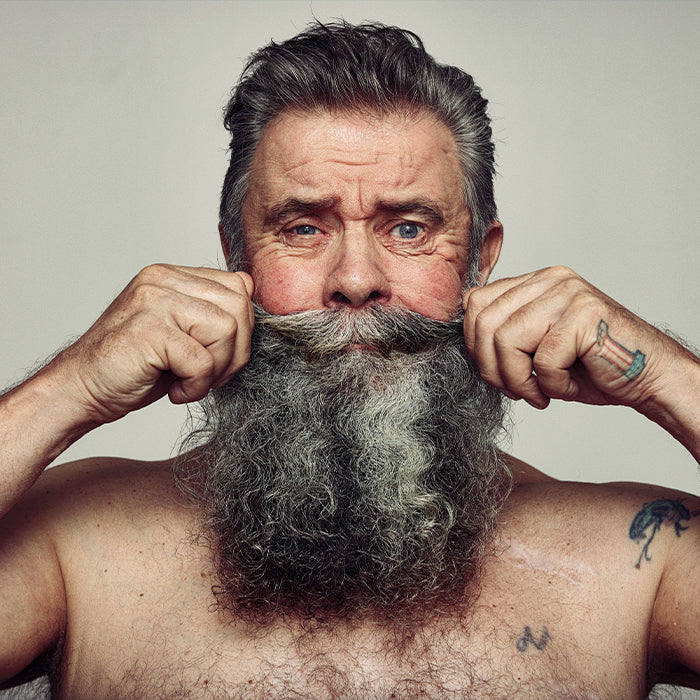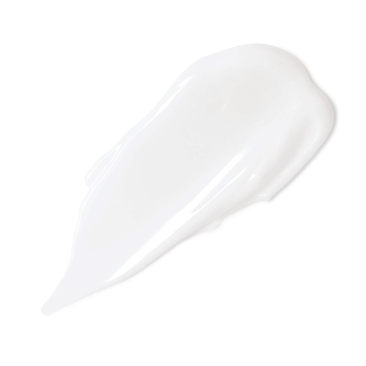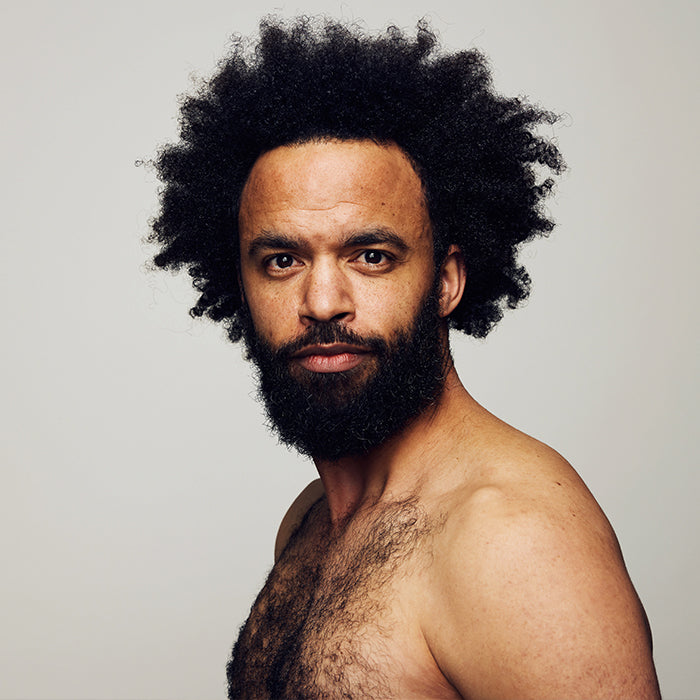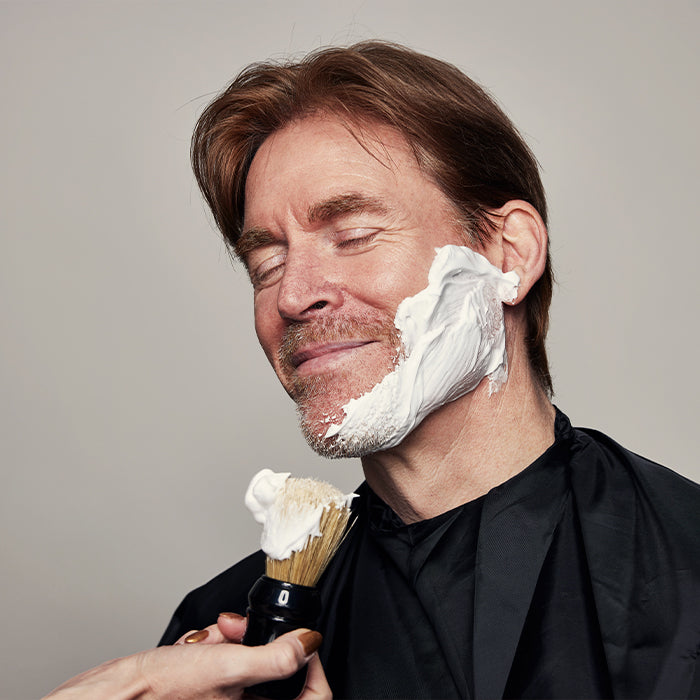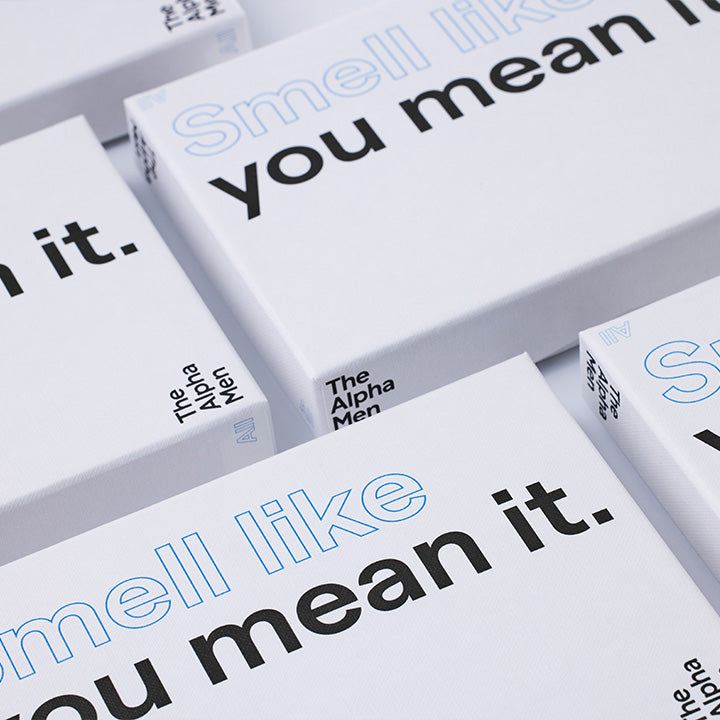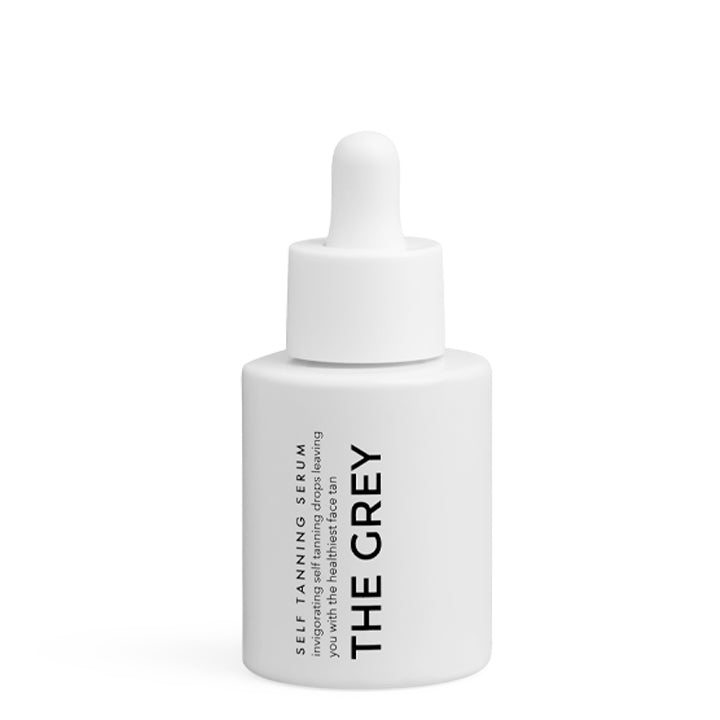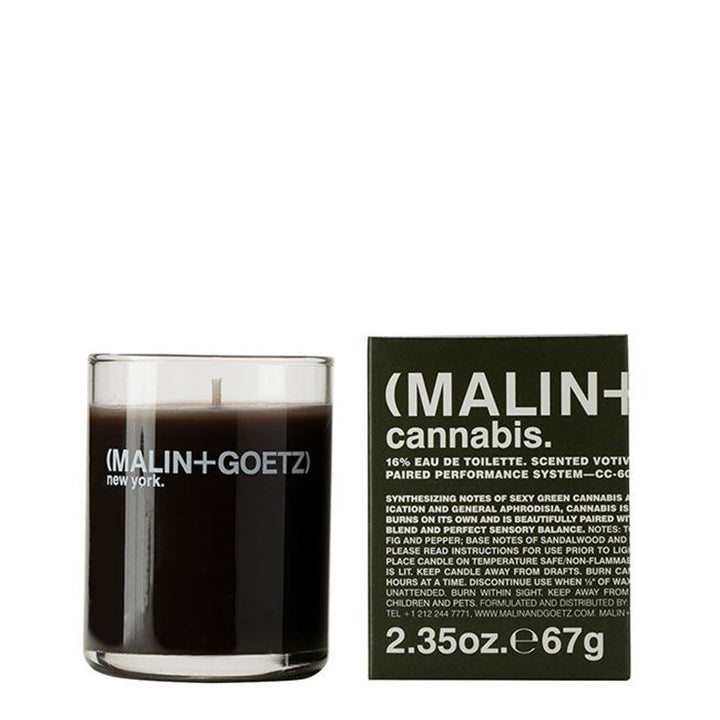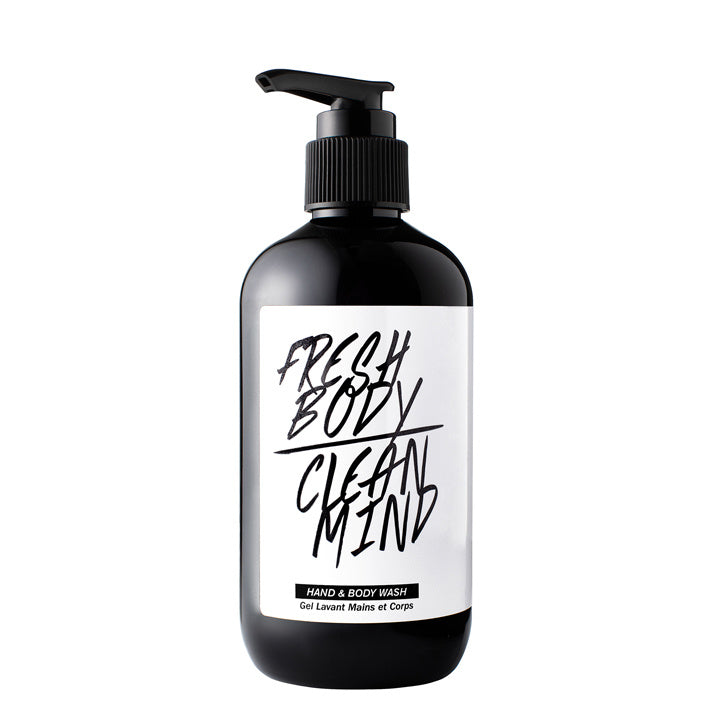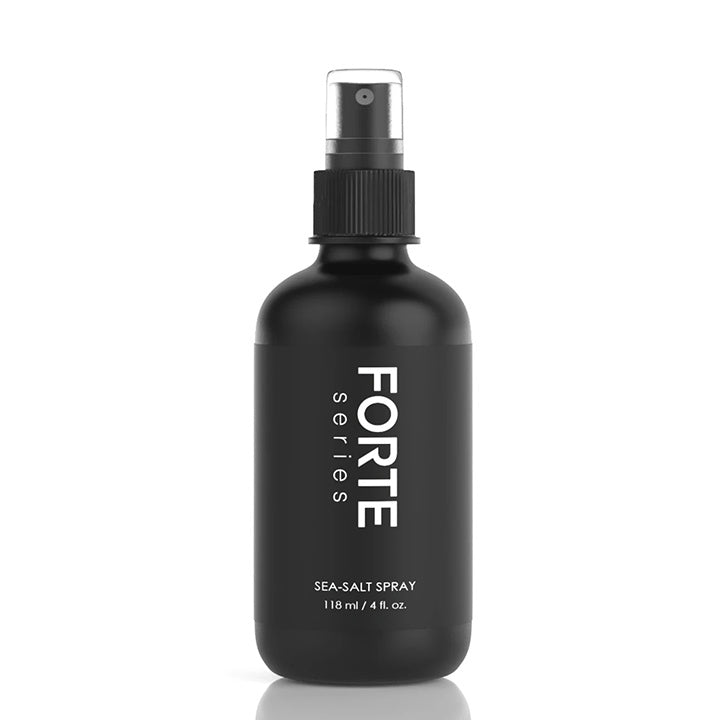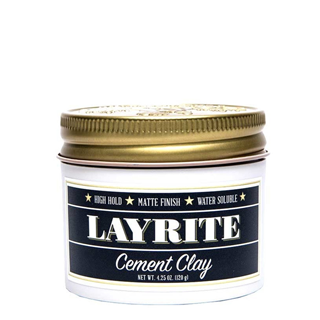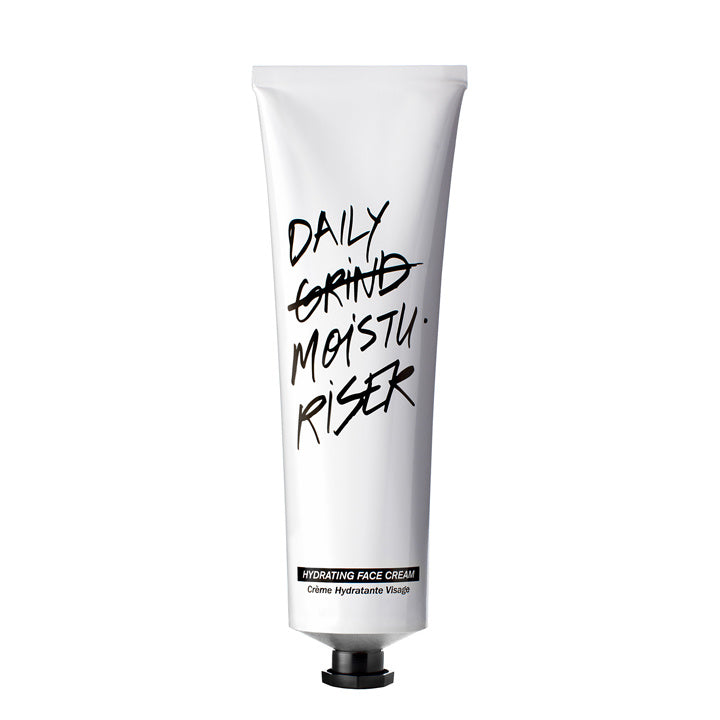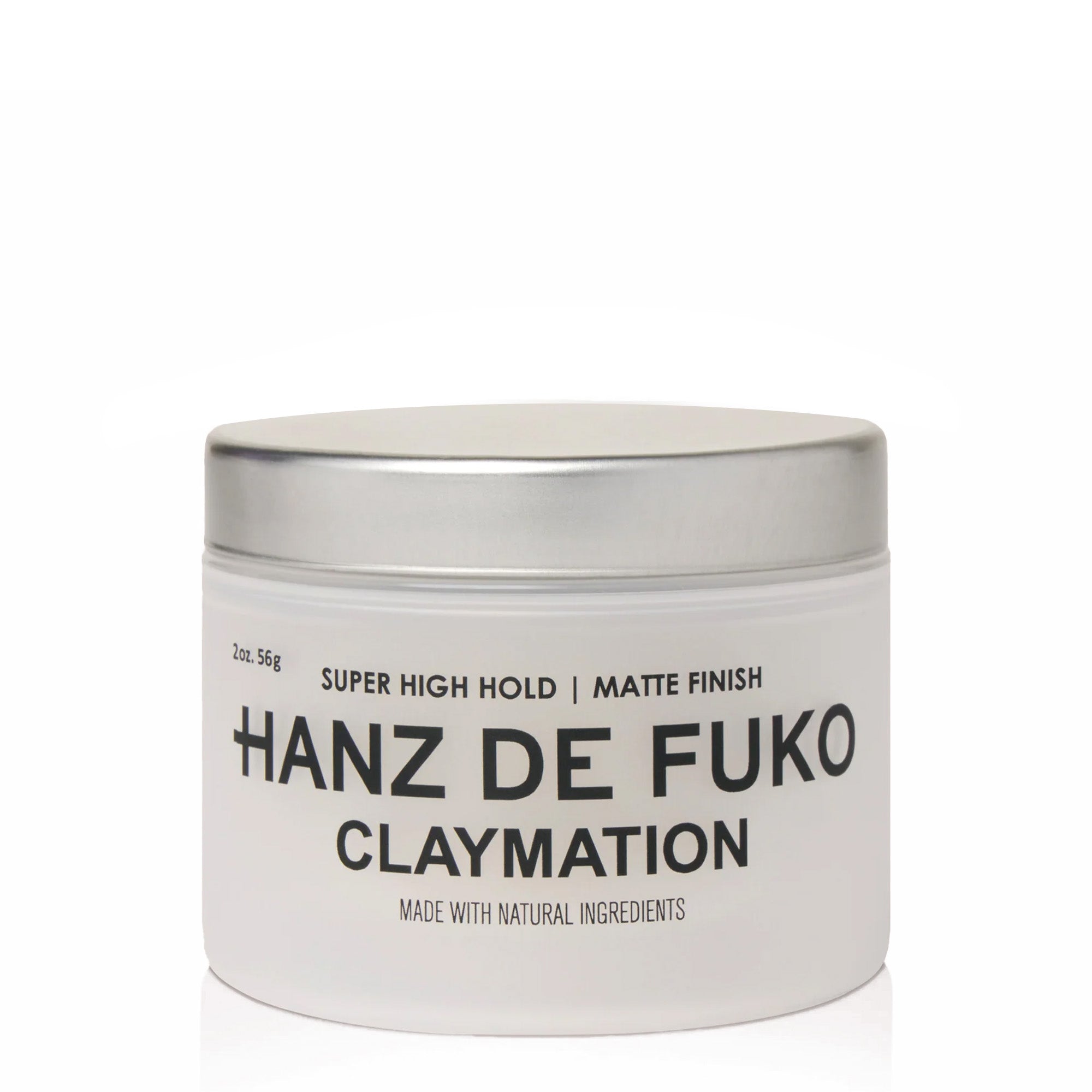There are men who look their best with a wild, unkempt beard that goes in all directions. If you are totally happy with such a natural primal beard: good for you! However, for the majority of men, occasionally trimming the beard yourself (or having it trimmed) gives a neater, more attractive and practical result.
One wrong outing with trimming can quickly undo several weeks of your beard growth. Don't want to shave your beard? Then make sure you don't trim a bite out of your beard. If you want to make sure you get top-notch results, minimize the chances of mishaps and read up.
Most people know the difference between shaving and trimming, but we'll still explain it briefly. When you trim, you wing your hair a little shorter. Not "short to the skin" like a razor does. When you trim your beard, you have a nice groomed beard at the end. Are you going to shave? Then you no longer have a beard.
If you know what you're doing with trimming, you can enjoy a symmetrical and maintained beard and get to your desired end result faster. Read the step-by-step process below.
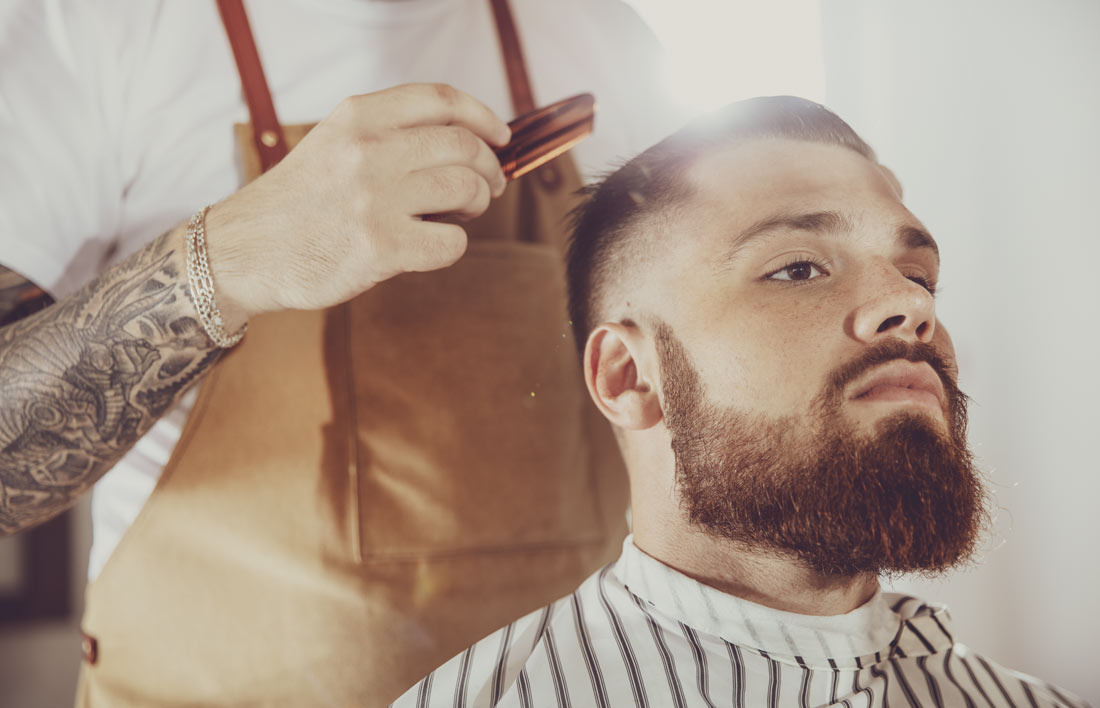
Why trim your beard?
Trimming your beard is important for several reasons. Not only does it create a neat, groomed look, but it also keeps your beard healthy. Regular trimming removes split ends and prevents dirt and debris from accumulating. In short, trimming your beard helps you look and feel good!
Step 1: Preparation
The best preparation for a good trim is to get in the shower first. This causes your pores to open wide. This will make shaving your cheeks and neckline much easier later. Clean your beard with a beard shampoo; this makes it easier to shave the hairs. This way, the beard trimmer or scissors will glide more smoothly through the hair without getting caught in dried-out hairs. Prefer not to use beard oil because it reduces the grip of your tools on the hair.
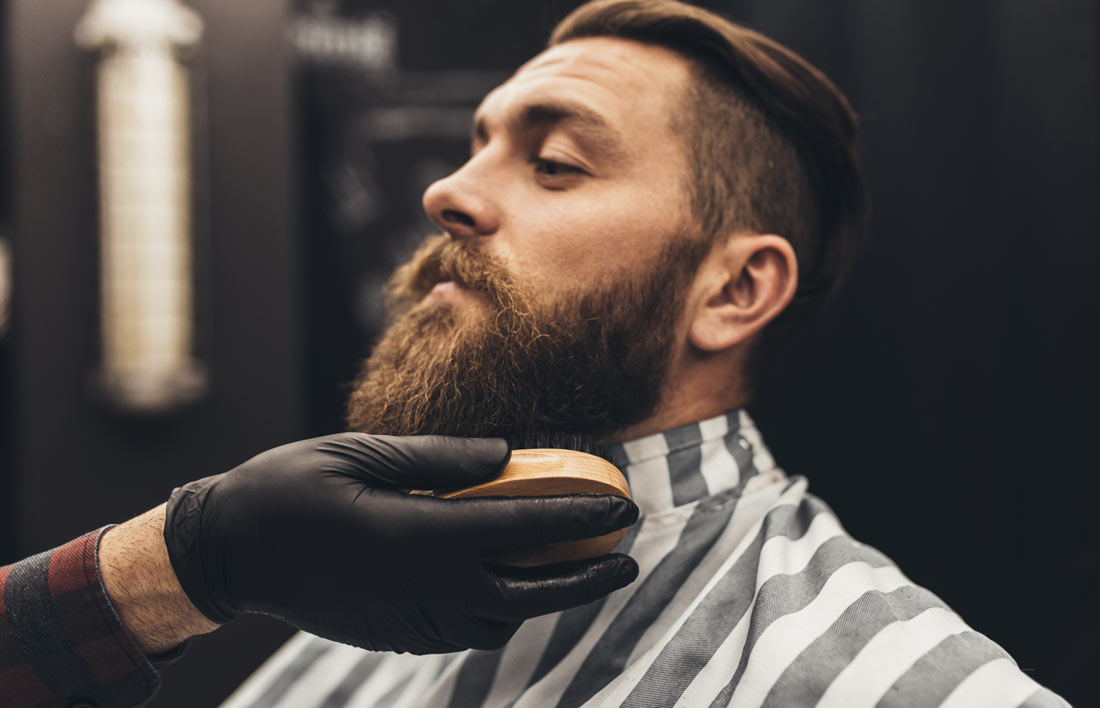
Step 2: Brushing your beard
Now you're going to brush through your beard with a beard brush. If all the hairs are pointing more or less in the same direction, you'll get a more balanced result and the cutting and trimming will be easier. Do you prefer to use a comb? Then use a wooden or metal beard comb, as these won't make your hair static.
Step 3: Trimming your beard
Then it's time to reach for the trimmer. Make sure you decide what length you want your beard to be. Don't set your beard trimmer to bald right away, but start with a setting that you think is about as long as your beard hair - and see what effect trimming your beard on this setting has. That way you can estimate how much length the trimmer takes off your beard.
Most men use a longer length on their chin and a shorter one on their cheeks. This way you create a natural, downward sloping beard model. Which setting you use on your whiskers depends on the beard model you want to work toward.
Take note if you are using a new beard trimmer. Each trimmer's settings are different - if you used setting 3 on your old trimmer, you may come out cold if you indiscriminately do the same thing with your new device.
Also, always make sure your beard is dry. Moist beard hairs are longer than dry beard hairs! Then you definitely should not trim them. The result could be that you suddenly trim your beard too short.
How to use a trimmer?
Take the charged trimmer in your hand and set the attachment comb to your desired position and start trimming. Trimming for the first time? Then set it to the longest position so you can see first what effect you get. During beard trimming, you can shorten the trim setting until you reach the desired position.
If you take off the comb, you can use the sharp teeth of your trimmer to easily line the edges of your beard so that you can use your razor afterwards to give it the finishing touch.
Caution! You need to think carefully about the proper length of your beard. If you trim too short, it will take weeks before the beard is back to normal. So caution is important. That's why the reminder below is very helpful:
Beard trimmer setting:
- Stubble: 0.1 mm - 3 mm
- Short beard: 3 mm - 10 mm
- Long beard: 10 mm - 40+ mm
Beard trimming tips
Shave against hair growth: Trim upwards with your beard trimmer against the hair growth of your beard. This way you can cover the entire beard and ensure a smooth transition from sideburn to beard.
Get sharp equipment: You've probably shaved with a blunt blade or razor before. Then you know how annoying that was and how much effort it took. Beard hairs are made of keratin - the same material your nails are made of. Tough stuff, in other words. Therefore, it is very important to use sharp tools for trimming the beard. While good beard scissors stay sharp for a long time, the blades of your trimmer do not: they wear out quite quickly, especially if you trim your beard (almost) daily. So you should replace the blades of the trimmer at least every six months (preferably every three months).
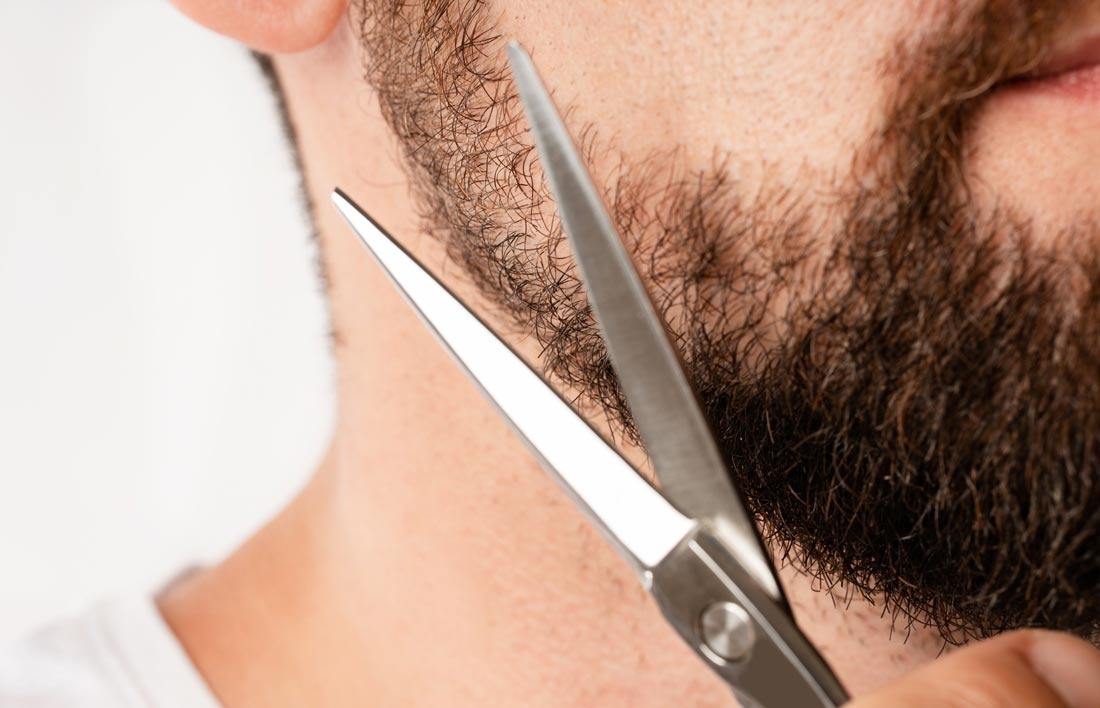
Step 4: Trim whiskers and loose hairs
What do you use such beard scissors for? For starters, to get the bottom of your mustache nice and straight. This is a job that requires good control - don't get too enthusiastic about it. Also, scissors are usually sharper than a beard trimmer, so you can quickly cut in half the wobbly hairs on your upper lip.
You also use the scissors to cut hairs left over after trimming. You know, those stubborn hairs that after going over your beard three times still don't want to be trimmed. No point - with sharp beard scissors, those hairs will be gone in no time.
Step 5: Trim your neck
A neck beard is more often a swear word than a desirable beard style. You will probably want to shave the underside of your chin and neck completely bald. To do this, use a shaver or trimmer, or better yet, a razor.
A good height at which to shave your beard at the bottom is between three points. Stand in front of the mirror and imagine a circular line running from ear to ear. In the middle, this line crosses, one to three fingers thick, above your Adam's apple. Of course, the exact line depends on the beard model you have in mind.
Shave the bottom of your beard carefully and try to keep the line as straight as possible. Check regularly in the mirror to make sure your work is still symmetrical - but don't wildly overcompensate if you go crooked. Before you know it, you'll be shaving off your beard to above your jawline, and that will be whining.
By the way, you can also try playing around with the different settings or attachments on your trimmer to create a natural, gradual transition from your beard to your bare neck. That takes some practice, but can give a very nice result. Want such a transition very badly, but don't have the skills to make it yourself? Then a trip to the barber is highly recommended!
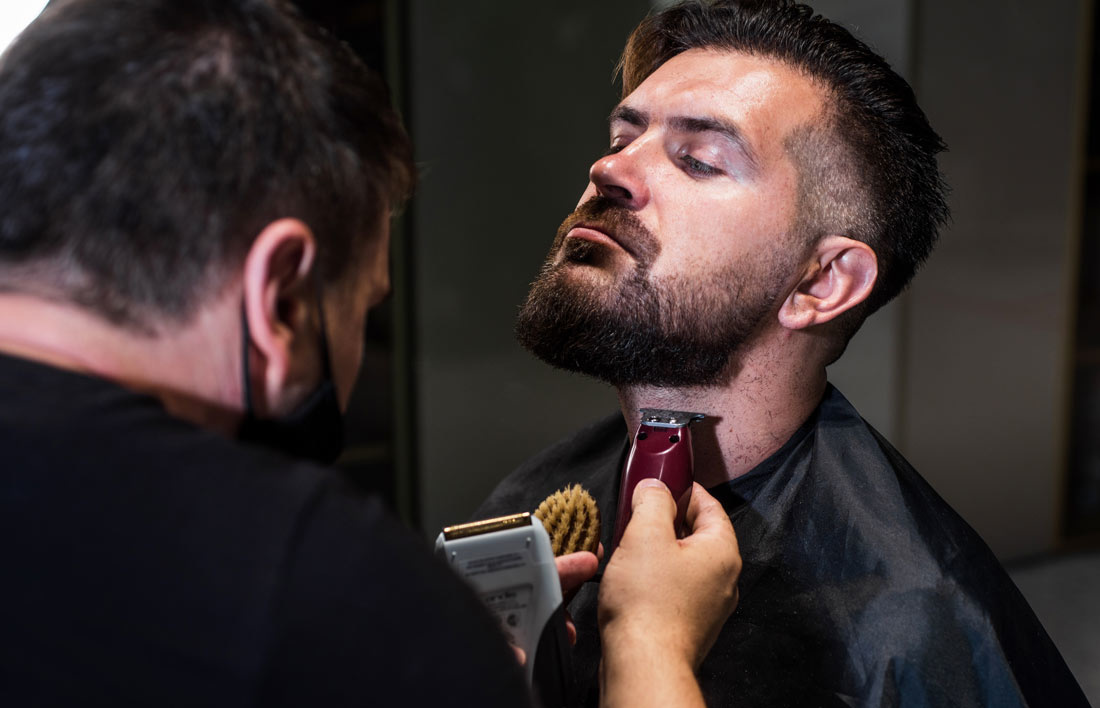
Step 6: Shaving your cheek line
On your cheeks, too, bound your beard with a shave. For this you use the same tools as for your neck, i.e. a beard trimmer, shaver or razor with gel or foam - whatever works best for you, you have to find out for yourself.
Again, draw an imaginary line in the mirror. Where it lies again depends on the result you have in mind. Shave carefully and make that straight or curved line. Again, you can try transitioning with different settings of your trimmer or shaver.
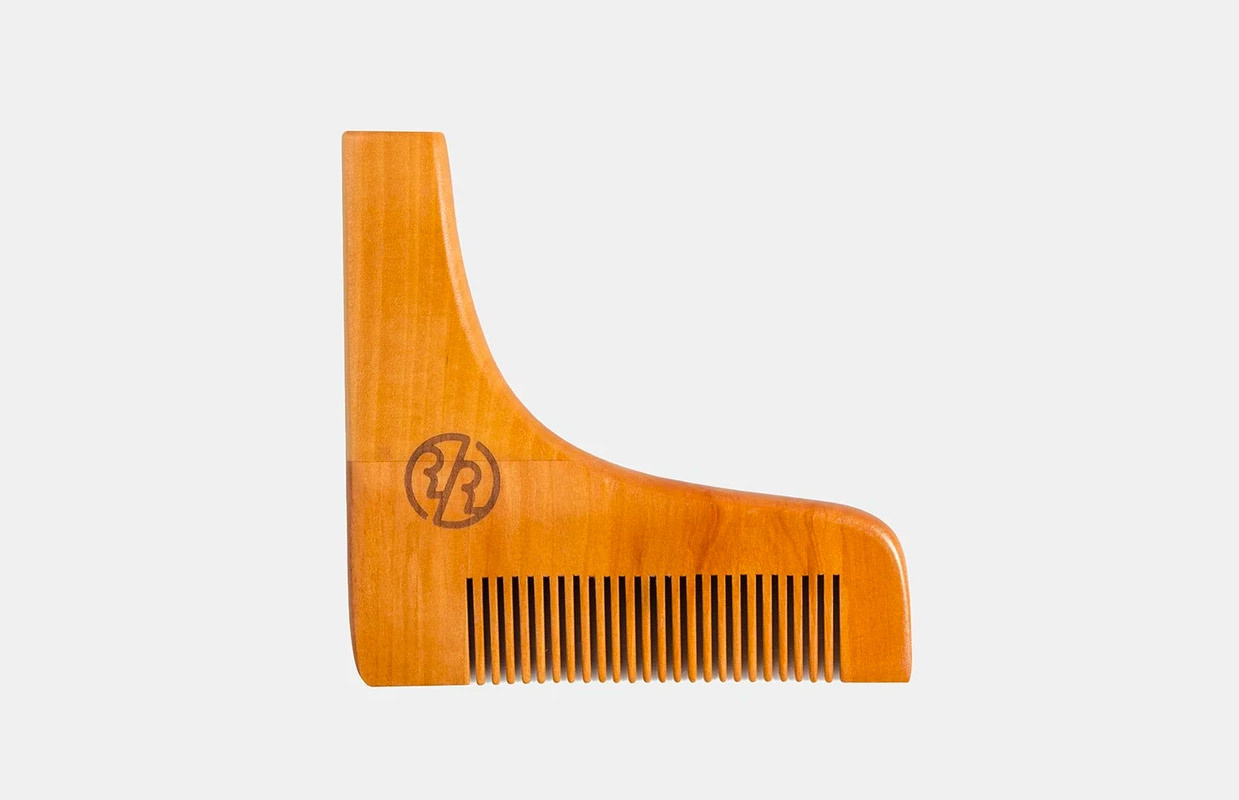
Step 7: Contouring your beard with a beard shaper
Trimming your beard to perfection? Beard shapers can help you shape your beard more neatly and easily. Especially for the two difficult jobs above (neck and cheek line), a beard shaper can give you a much nicer result than if you were to do them on the fly.
You choose a beard shaper with a shape that matches your desired beard line. Many shapers have multiple sides, allowing you to alternate as your beard continues to grow. Hold the shaper in place with one hand, and use your other hand to trim the beard along the shaper.
Step 8: Finish trimming
After trimming, first remove loose hairs from the trimmer so that they won't further blunt your blades. Then simply clean the beard trimmer under the hot tap and let it dry thoroughly. Remove any attachments first.
Comb or brush your beard clean of loose hair with a soft brush. By combing or brushing again, you can also see if there are any hairs sticking out that need to be touched up with scissors.
Finally, do some skin and beard care. Rinse or dab your facial skin with cold water. This will close the pores again and prevent irritation from the sharp blades. You can also treat your skin (again) with a moisturizing aftershave to prevent irritation (the infamous 'barber's rash).
Carefully rubbing your beard with beard oil provides the final point of perfection. By doing so, you give the shortened hairs and lightly plowed hair follicles the nourishment they need. Plus, beard oil makes your hairs more supple, making them easier to handle the next time you trim.
How often should you trim your beard?
How often you should trim your beard really depends on how fast your beard grows and what look you want to achieve. Some people find it necessary to lightly trim their beard once or twice a week to maintain a neatly groomed look. Others, who want a fuller beard, can suffice with a thorough trim once every two to three weeks. It is especially important to listen to your beard and trim when necessary to maintain the health and desired style of your beard.
If you do have any questions we would love to hear from you. Otherwise, good luck with trimming your beard!
Your friends, The Alpha Men

